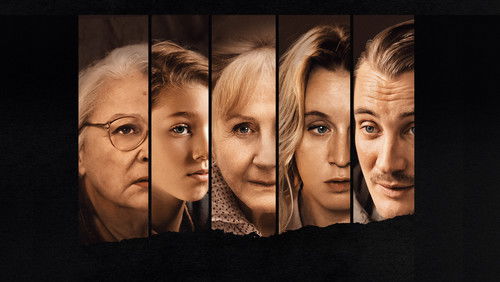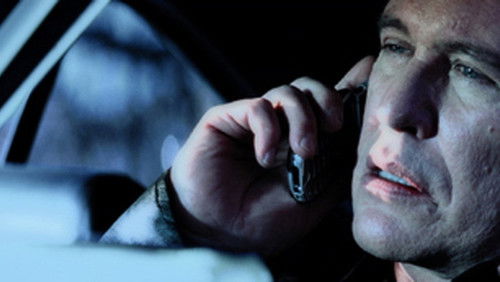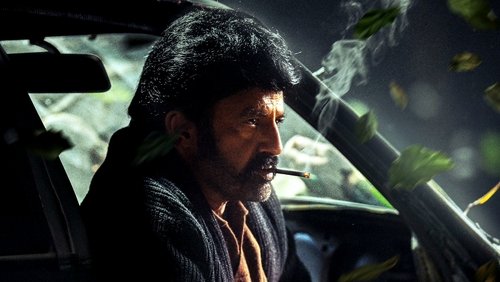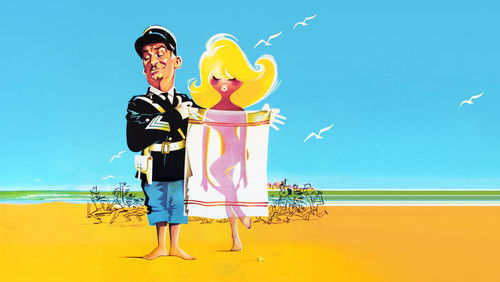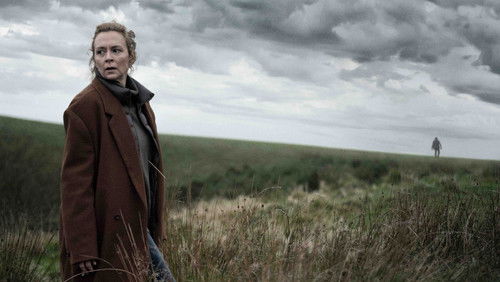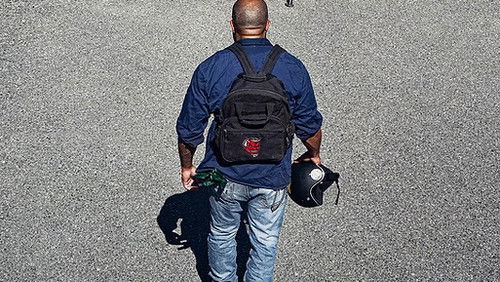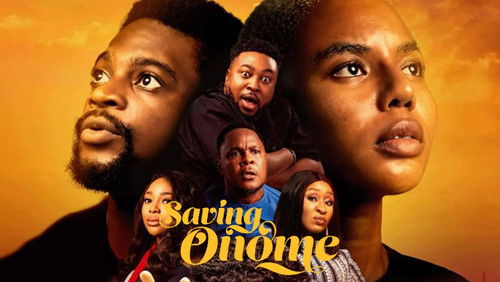Drugstore Cowboy (1989)
60KDrugstore Cowboy: Directed by Gus Van Sant. With Matt Dillon, Kelly Lynch, James Le Gros, Heather Graham. A pharmacy-robbing dope fiend and his crew pop pills and evade the law.
“I lived in San Francisco all through the 1970u0026#39;s and saw tons of these kinds of people. They all tended to u0026quot;groupu0026quot; together for the common purpose of scoring and getting high on any kind of drugs available, but the drug of choice always seemed to be heroin. These groups, or small communes, always tended to have a strong leader who ran the whole show for the group and issued u0026quot;ordersu0026quot; like a drill sergeant, but interestingly, in a very u0026quot;lovingu0026quot; way. And nobody ever seemed to question this leader. In fact, HE always seemed to be treated with complete deference (reverence???) as if HE were some kind of a star. Everybody in the group seemed to have a specific u0026quot;jobu0026quot; to do within the group, and their jobs seemed to define their value to the group and, hence, their u0026quot;rightu0026quot; to be there. Except for the fact that they existed in the general u0026quot;hippyu0026quot; milieu of the time, they never showed any signs of being interested in the presumed hippy world view. I always felt the groups simply represented highly efficient, small business concerns. These people were known thieves, drug dealers, and small-time con artists and, if left alone, they were not considered dangerous. In fact, they were typically very intelligent and interesting people, but very closed-off to the world outside their group. Each group was like its own little cult. u003cbr/u003eu003cbr/u003eThe group portrayed in Drugstore Cowboy would have fit in perfectly with what I remember from that time, except that there were typically more people in the groups than just four. I would say these groups numbered more like six to eight people, certainly enough to occupy a large flat or house in one of the cheap neighborhoods. The fact that the cost of living was so much cheaper back then allowed for this type of lifestyle. And it was only when the real estate boom in San Francisco in the mid-to-late 1970u0026#39;s precluded this type of communal existence (lease applications, leases, personal references, high deposits, etc.) that these u0026quot;illegalu0026quot; groups tended to disappear. The ease with which the group in DC moved from one living space to the other would become impossible due to these new economic and social realities (higher rents and stiffer rules). Yes, even in Portland. u003cbr/u003eu003cbr/u003eAnyway, this movie really resonnated with me and triggered my memories of that time, and I think itu0026#39;s accurate to say that this is truly a u0026quot;period piece.u0026quot; Iu0026#39;m certain that the DC group could have only existed in the early 1970u0026#39;s, and certainly no later than say 1974-5. u003cbr/u003eu003cbr/u003eI have no idea why I felt compelled to write all this seeing as how it has very little to do with the movie, which I loved. Thank you!”

